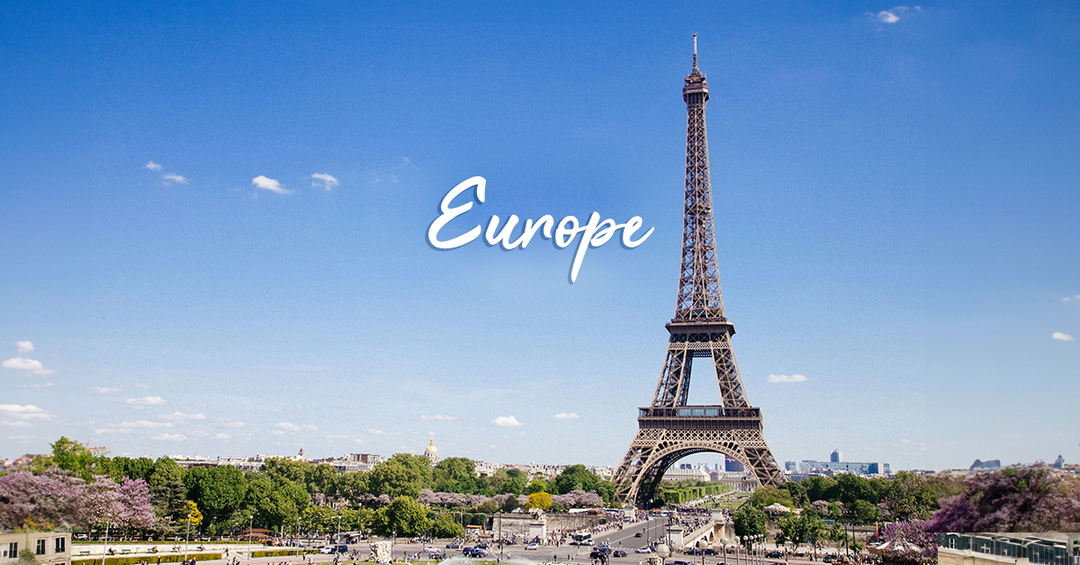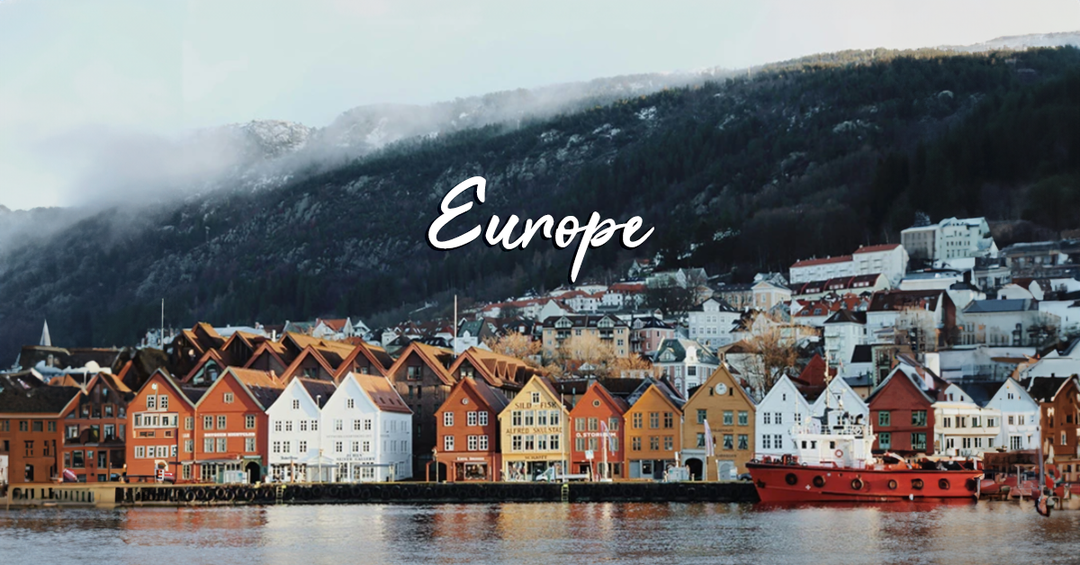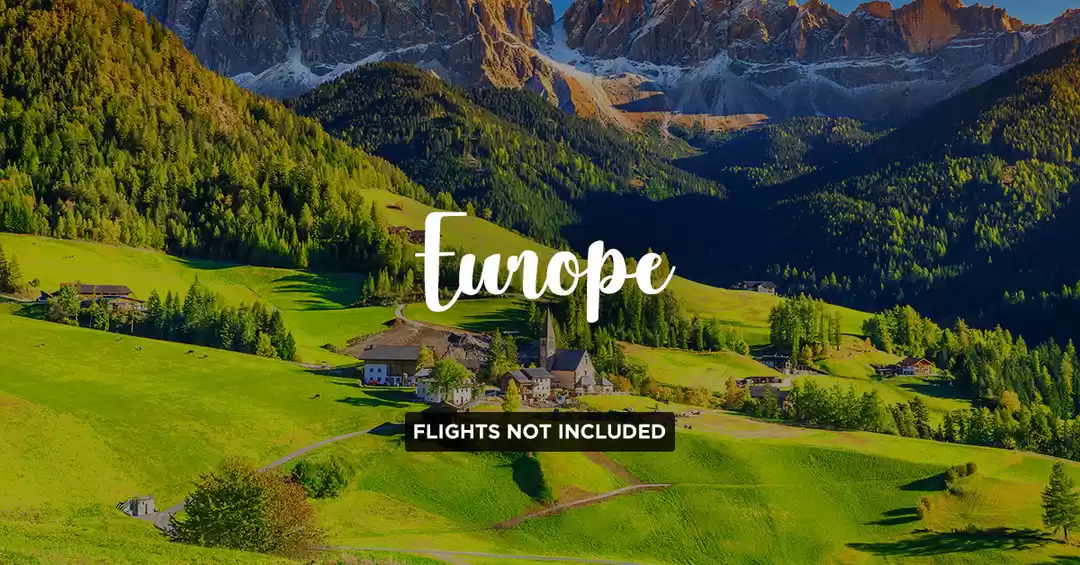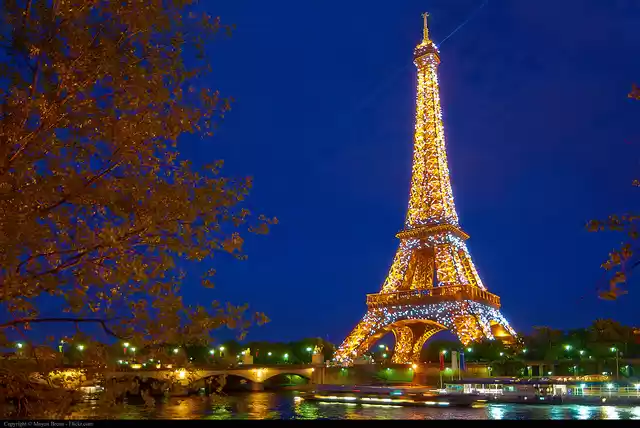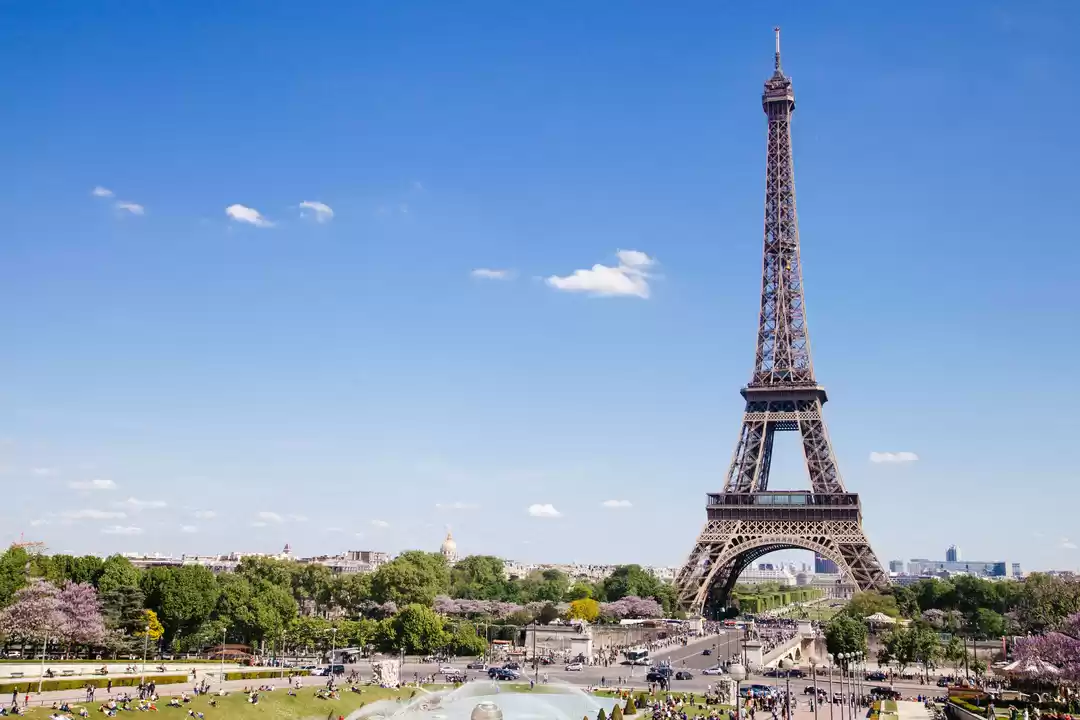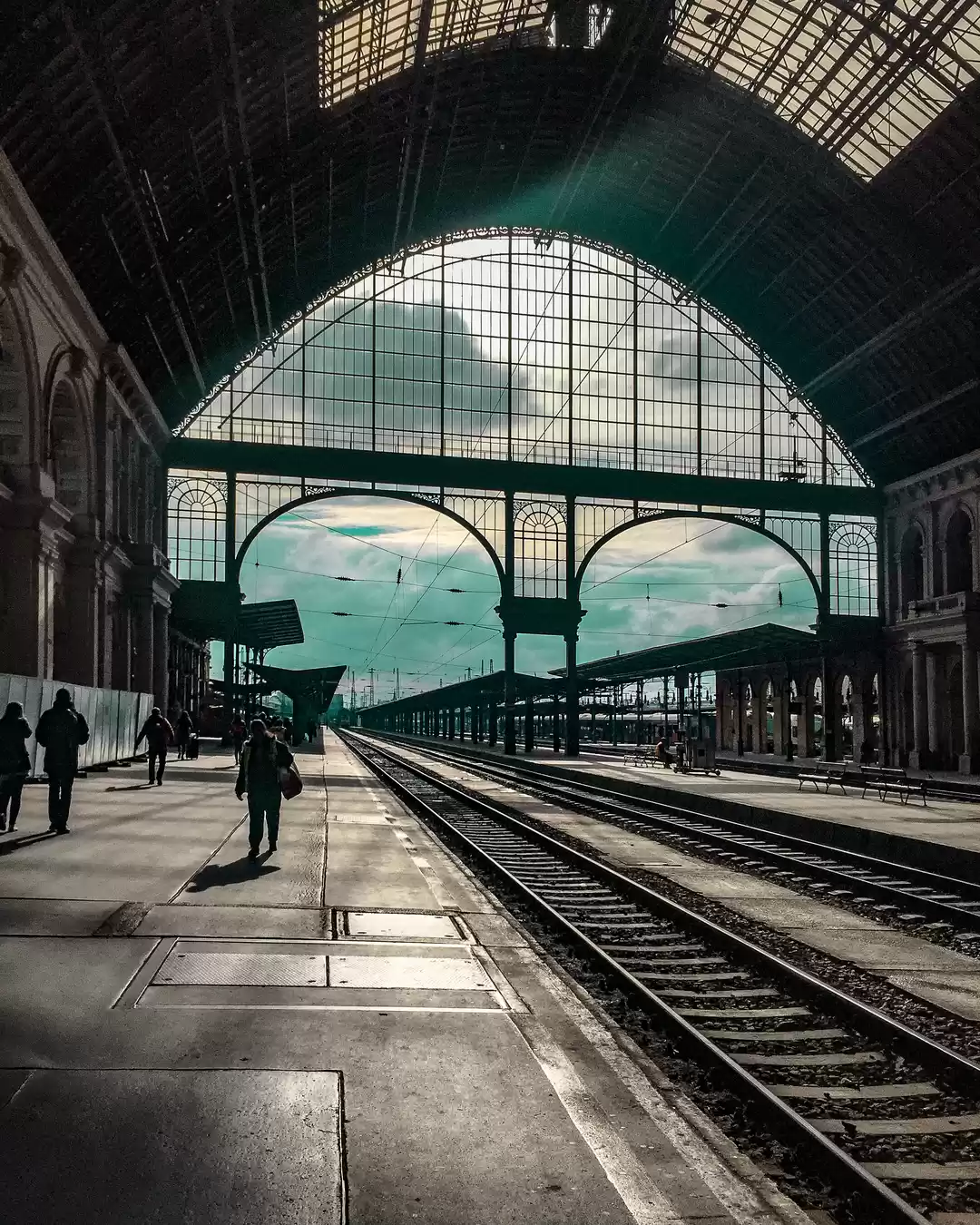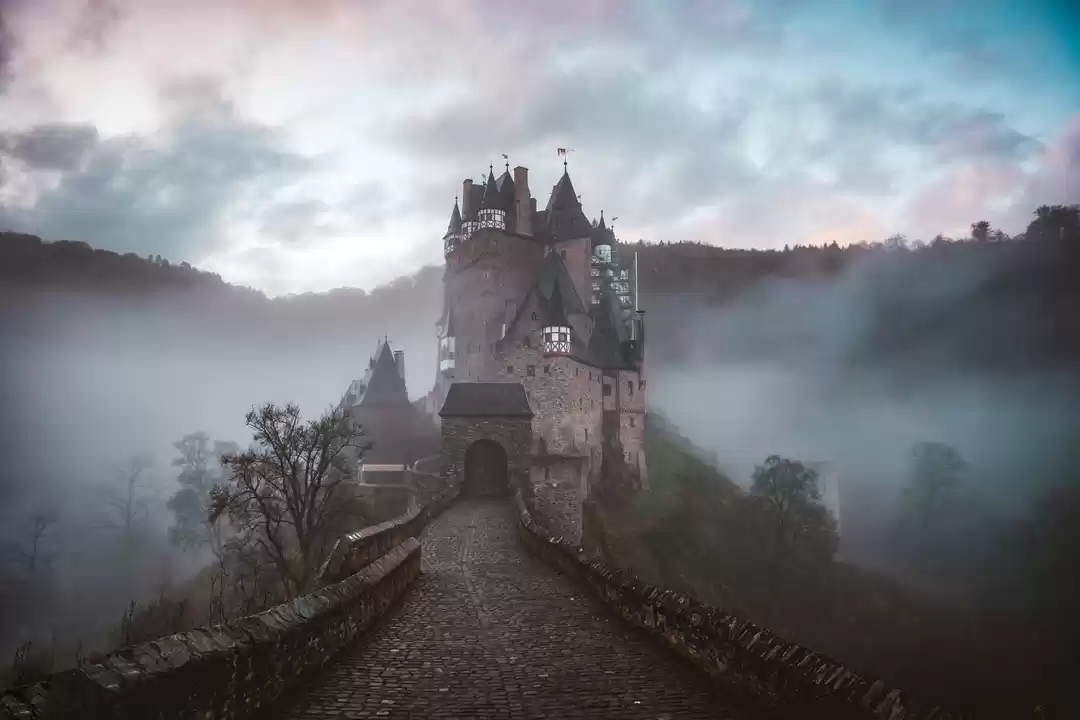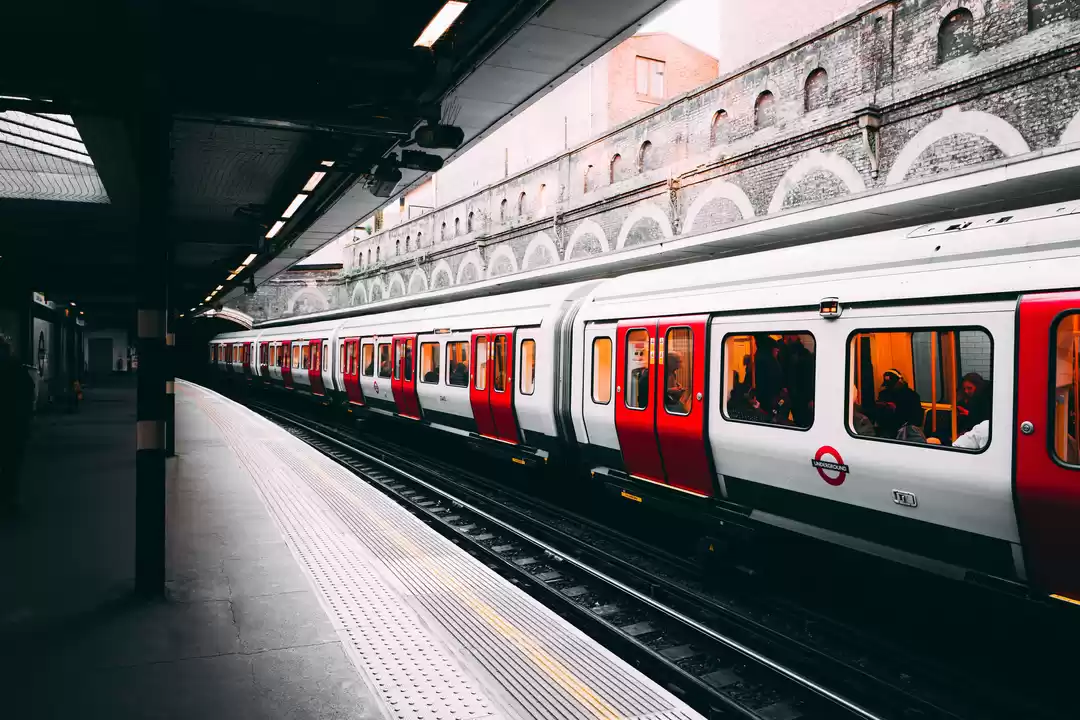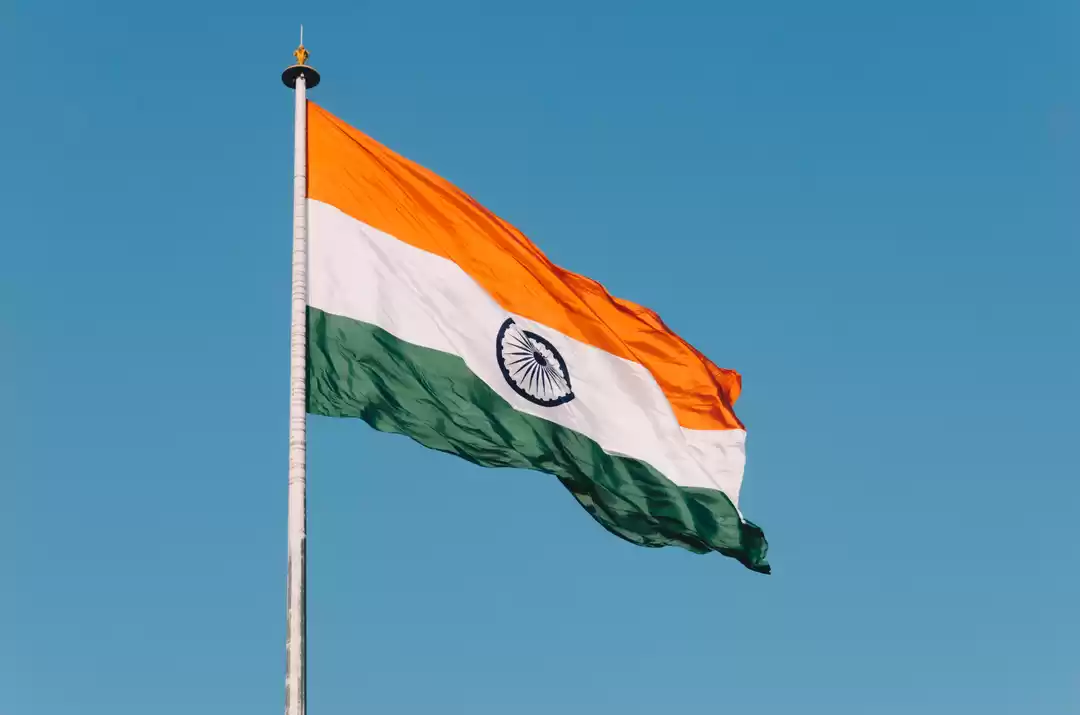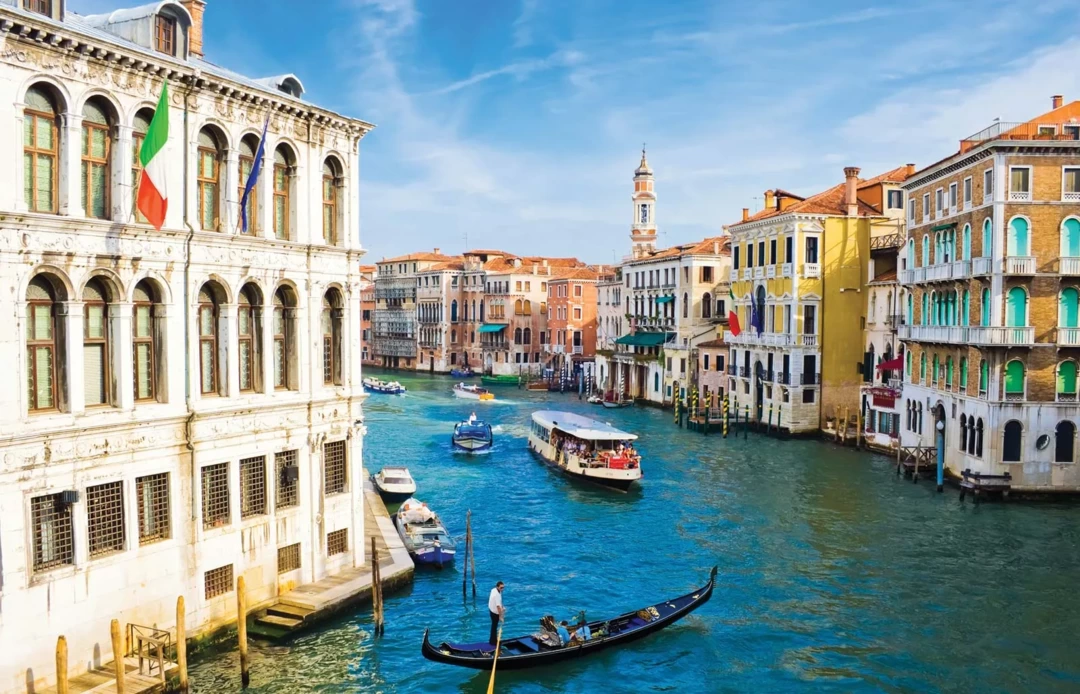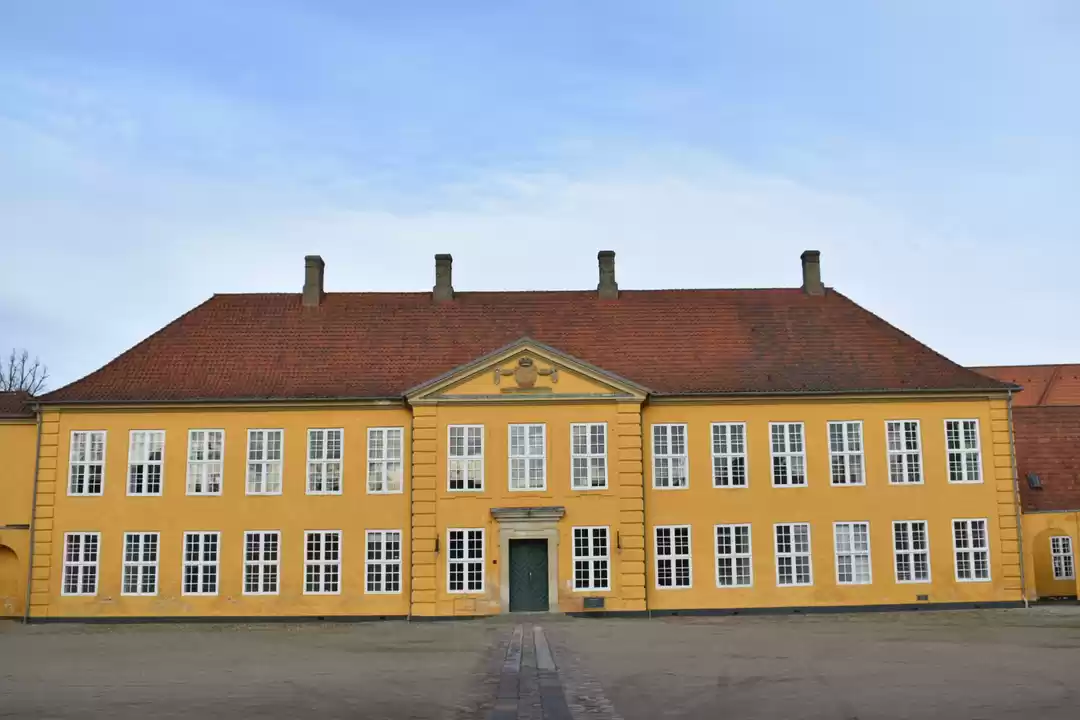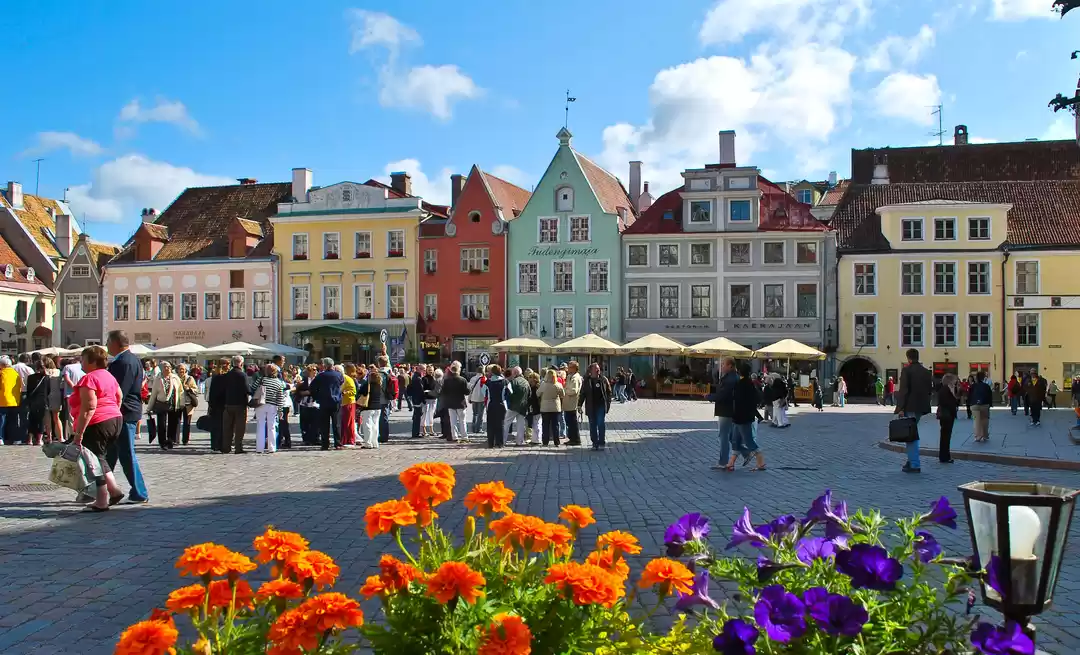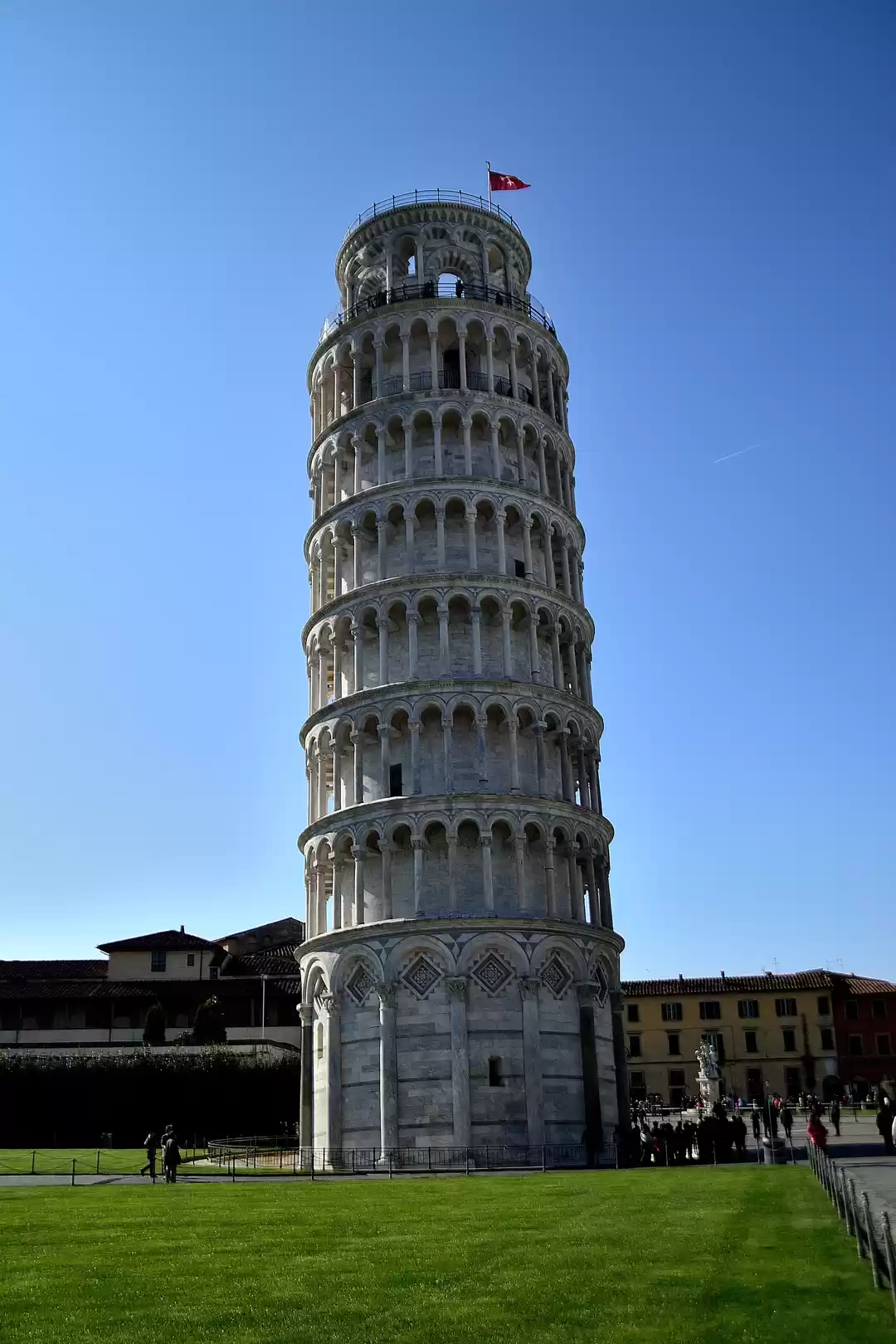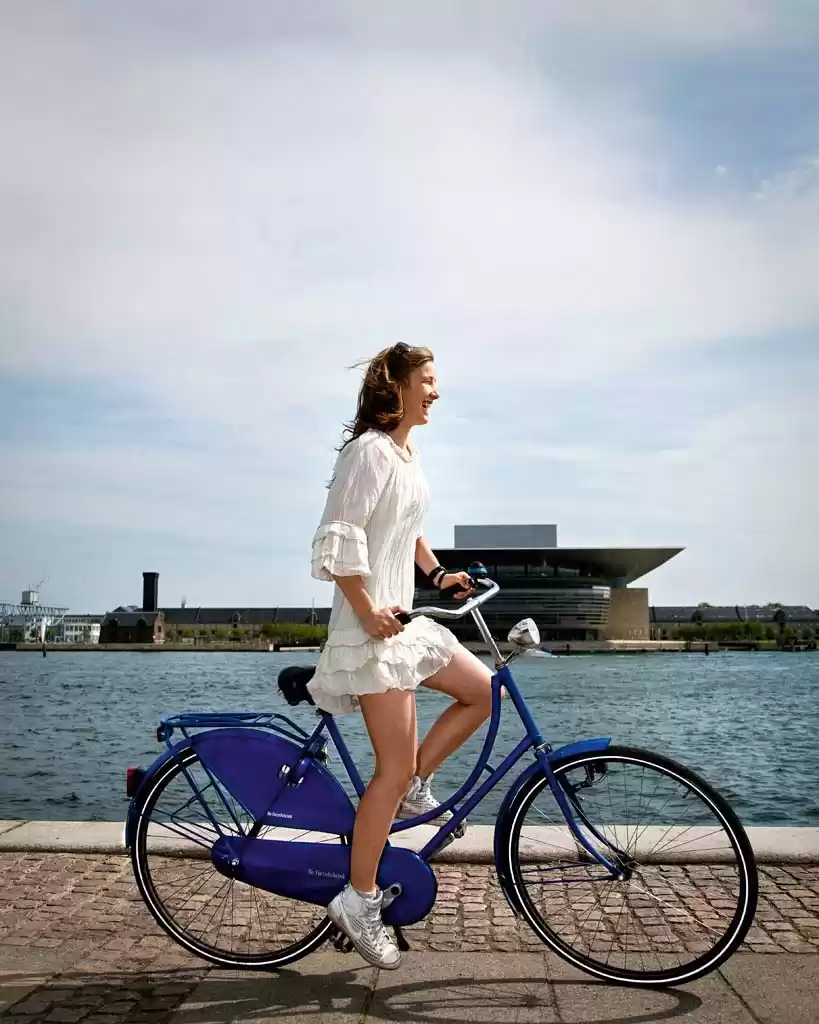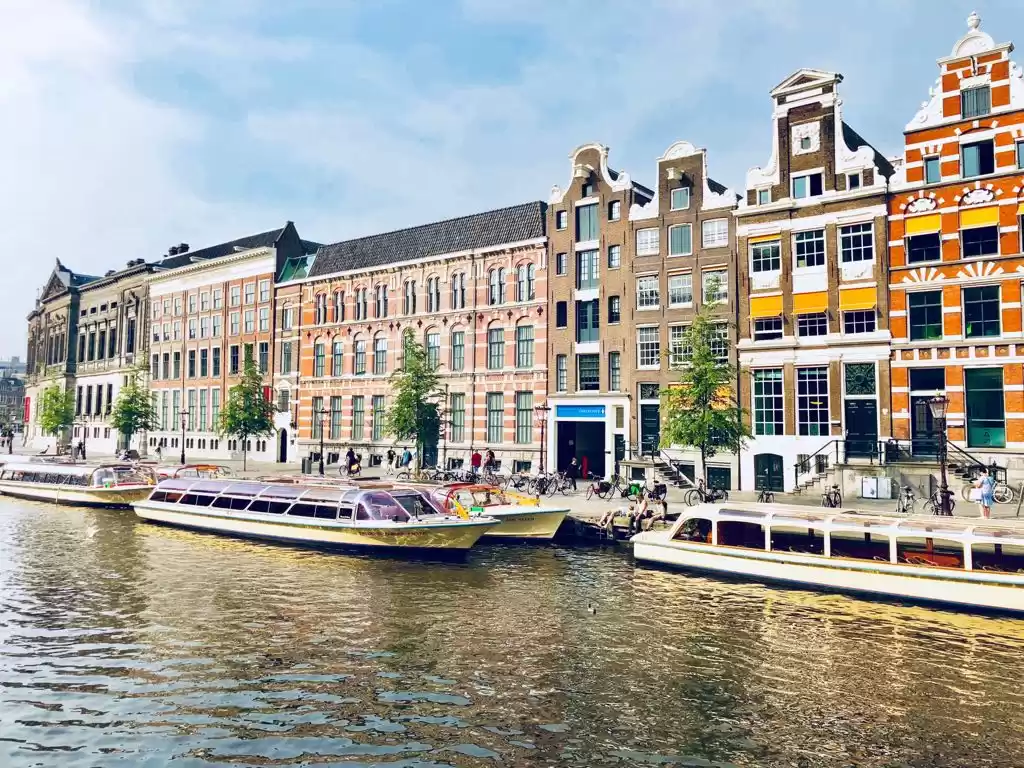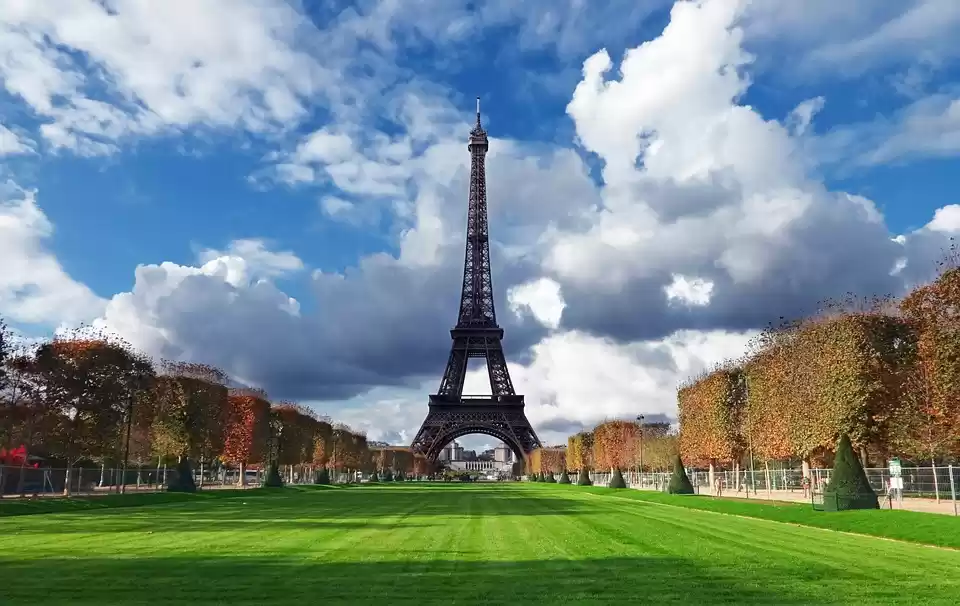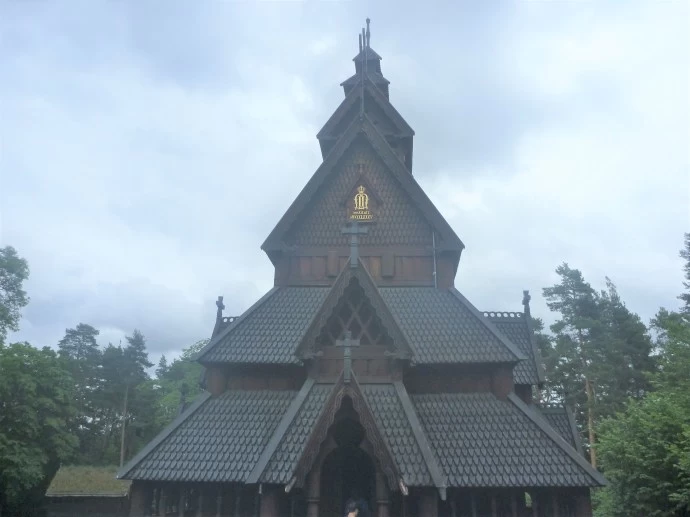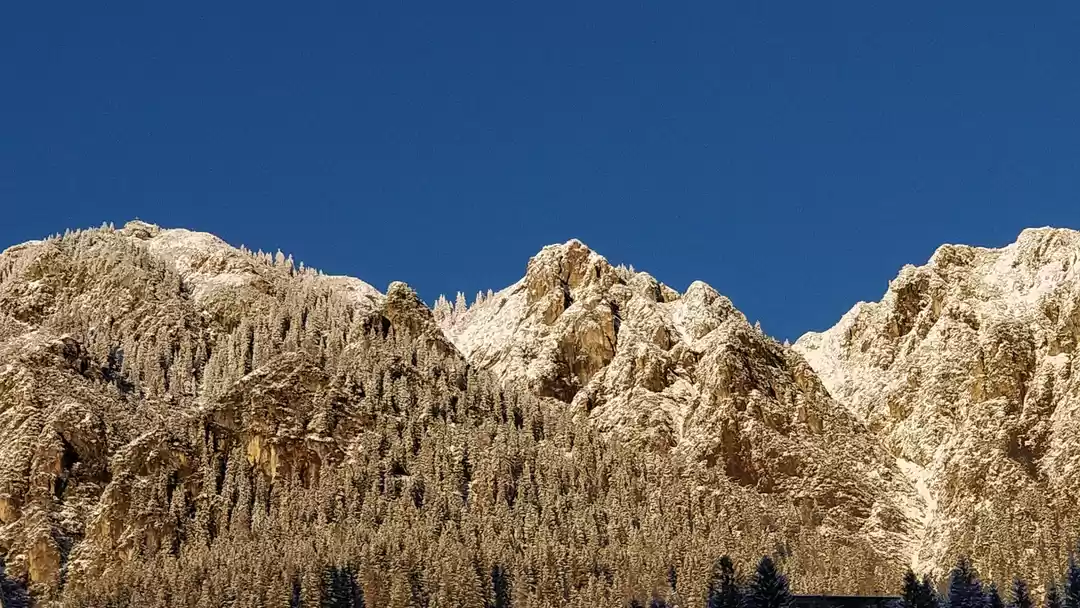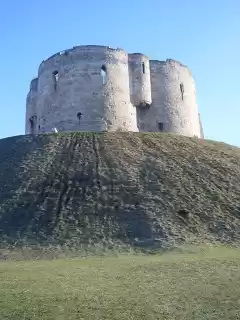There’s something awfully familiar about Europe, even to those who haven’t been there yet. The continent has been a muse for many and a dream for most. Its famous buildings and romantic waterways have had the world coming to it since time unknown. But, it is not defined by just the metallic opulence of Paris and the architectural genius in Rome. It is defined by the small unknown stops that are missed when rushing from one must-see to the other. The tiny, reclusive places that don’t end up in most lists.
So, if you feel that the Eiffel Tower is nothing more than a pretentious pile of scrap and the Big Ben is a waste of time, then I think you might like my alternative guide to experiencing Europe. Read on.
1. Trakai, Lithuania
We love lakeside towns. There’s something hopelessly alluring about them. Right from the calm waters to the vibrant sunrises. The sleepy Lithuanian town of Trakai is all that and more. Squeezed between two lakes and an easy drive from the capital, Vilnius, this cluster of castles and wooden huts is an easy city getaway for the locals. The region comes under the protected status of the Trakai Historical National Park and is one of the few places to catch glimpses of the Karaite culture.
The Trakai Castle in Lake Galve, a 14th century Gothic construction with traces of Renaissance influences, is the major draw in this area. Follow that up with a visit to the Trakai History Museum before heading to the bespoke camping areas at Slėnje, 5 km out of the town.
2. Brno, Czech Republic
Czech Republic’s second-largest city, Brno is everything Prague doesn’t want to be. A city that has mastered the art of balancing the old and the new; the young and the old. At first glance you might think of this University town as another city racing towards modernity with its glassy facades and new-age designs, but stay a while longer and you’ll start noticing the subtle undertones. A lazy pullback into the Moravian way of life. The city’s history will slowly start showing itself in its castles and cathedrals.
Spend time at the Špilberk castle and the Cathedral of Sts. Peter and Paul before experiencing the Functionalist architecture at Villa Tugendhat. The ossuary under St. James Church is another draw for piqued minds. After a day of landmark-hopping, visit Náměstí Svobody, the city’s nerve center and revel in the city vibe with a glass of wine.
3. Lauterbrunnen, Switzerland
Lying on the tourist-trodden trail between InterLaken and Jungfrao, this fairy-tale town deserves more than an impatient stopover. Lauterbrunnen is one of Switzerland’s largest conservation areas, scattered with expansive trough valleys and thunderous waterfalls. It is also a favorable spot for mountain biking and hiking. Picture chancing upon lonely mountain inns around unexpected hilly bends.
We recommend gaping at the spectacle that is the Trummelbach Falls, our favorite out of the 72 falls in the region.
4. Roskilde, Denmark
Steeped in Viking culture, Roskilde, 35 km from Copenhagen, is a highly decorated ancient town situated in one of Denmark’s most scenic areas, the island of Zealand. It is one of Denmark’s oldest cities and served as an important Viking trading post, and the seat of the Danish crown for a long time.
Roskilde is a cultural fiesta for anyone interested in the legendary Viking traditions. Start with the Roskilde Cathedral, a UNESCO World Heritage site, and the burial place for many Danish Kings and Queens. The Viking Ship Museum and the Roskilde Museum are good stops for getting all the info. you might possibly need about the area’s traditions. If you are visiting during late June or early July, then head to the infamous Roskilde Festival for some legendary antics and a Rock n’ Roll overdose.
5. Hallstatt, Austria
Considered to be the oldest still-inhabited village in Europe, Hallstatt lies in a picturesque setting surrounded by the Deachstein mountains and the shores of the Hallstätter See. The village was a hotbed for salt production back in the day and you can catch glimpses of its salt-production days by visiting the world’s oldest salt-mines. Also, visit the Beinhaus for an intriguing display of decorated skulls exhumed from the village graveyard.
Hallstatt is also the world’s first cloned village with a full-scale replica in Huizhou, Guangdong in China.
6. Brest, Belarus
The eastern European nation of Belarus isn’t on most travelers’ radar owing to its stressed political environment, and long and complex history, but trust us when we say it’s probably the most surprising travel destination in all of Europe. While Minsk, the capital, might be the most heard of city in the country, the border town of Brest offers an exquisite mixture of history, architecture and nature.

Established by the Slavs, Brest went through several invasions during the course of its history and was under the Soviet Union till as late as 1991 before it finally fell under Belarus’s territory. The Brest Fortress, a World War II memorial, is the most important attraction in the city. Just walk the grounds and spend some time at the museum to try and understand this memorial’s complicated history. Brest is also home to some interesting museums like the Museum of Confiscated Arts and the Museum of Railway Technology. After the cultural and historical initiation spend time wandering around Nabierežnaja and Hohalia St. and enjoy the town’s laid back vibe.
7. Kosice, Slovakia
Tucked away in the valley of River Hornad, Košice is Slovakia’s second-largest city and served as the European Capital of Culture in 2013. The city is close to the Hungarian, Ukrainian and Polish borders and is easily accessible by a good network of roads and rail. It is also an artistic hotbed with several theatres holding performances all through the year.

Košice has the highest number of palaces in Slovakia and is a cultural cauldron in terms of architecture with a mixture of Gothic, Renaissance, Baroque and Art Nouveau. The main attractions are the Gothic St. Elisabeth Cathedral and Immaculata Statue, both examples of Baroque architecture. Most of the town’s sites are present around the well-preserved historical center and the main street (Hlavná ulica) and can be leisurely covered on foot in a day.
8. Oulu, Finland
If there’s one reason to visit Oulu, apart from the spectacular beach and the enticing walkways, it’s the locals. The Finns are a warm and enthusiastic lot and they’ll welcome you into their homes just like they welcome the first speck of summer sunlight. The city, named after the river Oulujoki, lies on Finland’s western banks, opening up into the Gulf of Botnia.

Summer is the best time to visit as the city collectively breathes a sigh of relief and prepares to let the sunny warmth enter their lives. The waterfront Kauppatori (marketplace) springs into action with several food stalls and restaurants dishing out eclectic fare. Follow up an afternoon spent ambling around the market with an easy jaunt to Pikisaari, a former industrial region transformed into a close-knit artistic community. We recommend a short visit to the Sailor’s Home Museum, Oulo’s oldest house, to get a glimpse of life in the 18th century. Spend the next morning admiring the restrained flamboyance of Oulu Tuomiokirkko (the main church) and then dive into the many museums describing Oulu’s every facet from being a shipping town to the modern, high-tech metropolis that it is now.
9. Giethoorn, Netherlands
Give the term ‘on the road’ a miss for this one. Giethoorn, 120 km from Amsterdam, is a village with no roads. Arguably the most famous spot on our list, there is something about this tiny village, also called the Dutch Venice, that kept floating around in our heads. With over 150 wooden bridges, 4 miles of canals, and some spectacular farmhouses, this town merits a halt during your trip through Holland. All tourist go to Amsterdam, Giethoorn can turn out to be best travel destinations in Europe.

Founded in AD 1230 by fugitives from the Mediterranean, Giethoorn became famous after being used as a setting in Bert Haanstra’s 1958 comedy, Fanfare. The summers bring in a throng of tourists in boats and gondolas, changing this hamlet, home to 3000 people, into a thriving circus affair. Although, the thought of rowing along the canals on a warm summer afternoon is very enticing, we recommend visiting Giethoorn in the winter, when the canals are frozen over. Ice skate your way through the village, stopping only to enjoy the outstanding views.
10. Leiria, Portugal
Cradled between Castle hill and Rio Lis and surrounded by Portugal’s biggest cities (Lisbon, Porto and Coimbra) Leiria is a medieval town flirting with modernity. The Leiria castle towers over the town’s red-roofed town center.
Have you been to these best travel destinations in Europe?
Frequent searches leading to this page:-
Europe honeymoon tour packages, Europe honeymoon tour packages from Delhi, Europe honeymoon tour packages from Mumbai, Europe honeymoon tour packages from India, top things to do in Europe in winter, best things to do in Europe in winter









